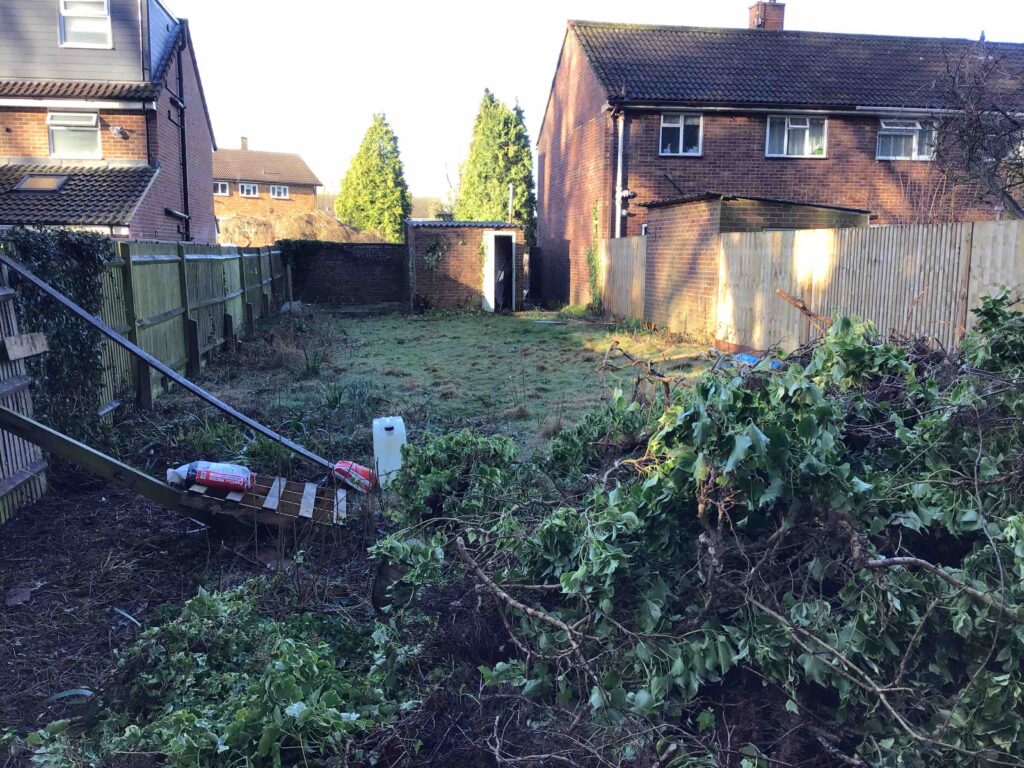What is a Biodiversity Net Gain Assessment?
Biological Diversity is where the term ‘biodiversity’ comes from and refers to the variety of organisms that can be found living in a specific area. This can include animals, plants, insects, bacteria and even fungi. The Biodiversity Net Gain initiative contributes to the recovery of nature, while still allowing developments to take place. It was brought into place following the release of the State of Nature report which has identified a 13% decline in the average wildlife throughout the UK, since the 1970s. Therefore Biodiversity Net Gain assessments in Hertfordshire and throughout the UK have been put into place to ensure that habitats for wildlife are left in a better state than before development began.
Why are Biodiversity Assessments in Hertfordshire Required?
Biodiversity Net Gain Assessments in Hertfordshire and throughout the UK are now the standardised method to ensuring new developments are enhancing the biodiversity of their site rather than diminishing it. Having a Biodiversity Net Gain Assessments in Hertfordshire involve boosting existing biodiversity on-site and creating new habitat that aims to surpass pre-development biodiversity levels demonstrating a 10% ‘net gain’.
Therefore anyone looking to develop a site or submit a planning application needs to ensure that they cater for a biodiversity net gain assessment along with their planning application. Property developers must try to avoid any loss of habitat on land that they plan to develop. If this is not possible, developers need to attempt to create a new habitat on the site or in an alternative location off site but nearby. If a property developer cannot create a new habitat, they will have the option to buy statutory credits from the government. However, they must provide evidence in order to use this option and it must be a last resort.


Does it matter what size my development is?
BNGs became mandatory throughout the UK for both major and small developments from the 2nd of April 2024.
As defined by the Land Use Policy team, major developments include:
– Residential developments that include 10 or more dwellings.
– Developments where the site area is greater than 0.5 hectares.
A small site development has been defined as:
– Residential developments consisting of 1 – 9 dwellings.
– Residential developments where the site area if less than 0.5 hectares.
– Commercial developments where the floor space that is being created is less than 1000 square metres.
– Commercial developments where the total site area is less than 1 hectare.
Biodiversity Net Gain assessments in Hertfordshire are now required for almost all new applications, however there are some exclusions.
Biodiversity Net Gain Assessments in Derbyshire
Exclusions for Biodiversity Net Gain Assessments in Hertfordshire:
These exclusions include:
– Requests for retrospective planning permission.
– Planning applications submitted to Hertfordshire council before 12th February 2024.
– Any applications to vary a planning condition on planning permission granted prior to the 12th February.
– Development works that do not impact a priority habitat and impacts less than 25 square metres of non-priority habitat. Alternatively, the development works should not impact more than 5 metres of non-priority linear habitat.
– The development of an existing property, except to change its use or change the number of dwellings within the property.
– Small scale self-build projects that consist of no more than 9 dwellings, are carried out on a site which is no larger than 0.5 hectares and consist exclusively of dwellings that are self-built.
– Development upon biodiversity gain sites, which are designed solely to enhance the biodiversity on behalf of other development sites, or provide access to the public for educational or recreational purposes without charging a fee.
– Development which is part of or ancillary to the High-Speed Transport Network.
